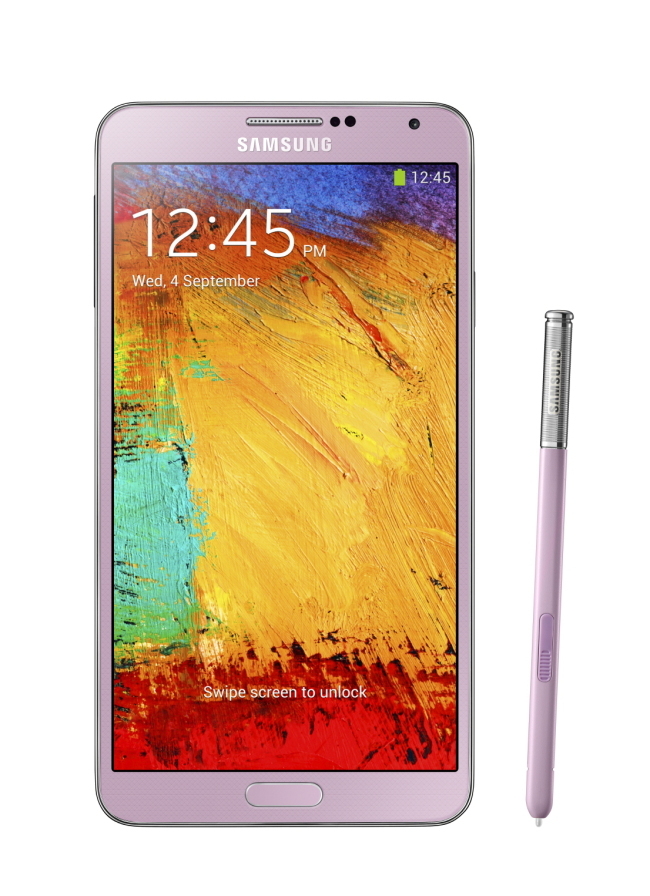
우리나라의 모바일 기기 시장이 세계에서 처음으로 포화 상태에 접근하고 있다는 분석이 나왔다.
미국 샌프란시스코에 본사를 둔 모바일 분야 시장분석업체 플러리 애널리틱스는 14일(현지시간) 이런 내용을 담은 '한국 보고서'를 공개했다.
보고서에서 플러리는 올해 8월 기준으로 스마트폰과 태블릿 3천352만7천534대가 개통돼 있는 한국 시장에 관한 분석 결과를 밝혔다.
플러리는 한국의 모바일 시장이 ▲ 포화상태에 접근하는 세계 첫 사례이고 ▲ 삼성전자의 본거지여서 자국산 기기 사용 비율이 가장 높고 ▲ 패블릿(휴대전화와 태블릿의 중간 크기를 지닌 모바일 이동통신 기기)을 좋아하는 사람들이 가장 많다는 특성을 지녀 주목할 가치가 있다고 설명했다.
플러리에 따르면 한국 시장에서 스마트폰, 태블릿 등 '네트워크에 연결된 기기'(connected devices)의 수는 작년 8월부터 올해 8월까지 17% 증가하는 데 그쳤다. 이는 같은 기간 전세계 시장 성장률이 81%였던 것과 비교하면 현격히 낮다.
삼성 갤럭시 노트가 처음 나왔던 2011년 하반기와 2012년 상반기에는 한국 시장이 세계 평균보다 빨리 성장했지만, 2012년 하반기부터 성장세가 급격히 둔화했다.
플러리는 이에 대해 "한국의 '네트워크 연결 기기' 시장은 이미 포화 상태이거나 곧 포화 상태가 될 것이며 이는 전세계에서 처음 일어나는 일"이라며 한국 사례가 앞으로 다른 나라들의 시장 변화를 예상하는 데 도움을 줄 것이라고 평가했다.
플러리가 무작위 추출로 3천124대의 단말기를 조사한 결과에 따르면 한국에서 개통된 스마트폰과 태블릿의 86%는 구글의 안드로이드 운영체제(OS)를 사용하는 제품이었고 iOS를 사용하는 애플 제품은 14%에 불과했다.
안드로이드 제품 86% 중 삼성전자 제품이 60%포인트로 압도적으로 많았고, LG전자가 15%포인트, 팬택이 10% 포인트, 기타 안드로이드 제조업체가 1%포인트를 차지했다.
즉 국내 시장의 85%를 자국 업체들이 장악하고 있다는 것이다.
플러리는 미국 시장에서 애플의 점유율, 캐나다 시장에서 블랙베리의 점유율, 핀란드 시장에서 노키아의 점유율이 모두 낮아지는 추세이지만 한국에서는 정반대로 삼성 등 자국 제품의 점유율이 더욱 높아지고 있다고 지적했다.
플러리는 또 패블릿 비율이 높고 태블릿 비율이 낮다는 점도 한국 시장의 특징이라고 분석했다.
한국에서 패블릿의 비율은 41%로 세계 평균(7%)보다 훨씬 높았으며, 이와 대조적으로 태블릿의 비율은 5%로 전세계 평균(19%)보다 훨씬 낮았다.
이는 패블릿이 태블릿 시장을 잠식한 결과라고 플러리는 풀이했다.
플러리는 모바일 시장이 매우 발달해 있고 삼성전자 등이 스마트폰, 태블릿, 스마트TV 등을 함께 제조한다는 점을 들어 융합 제품이나 서비스를 테스트하는 시장으로 한국이 알맞다고 평가했다.



![[Herald Interview] 'Trump will use tariffs as first line of defense for American manufacturing'](http://res.heraldm.com/phpwas/restmb_idxmake.php?idx=644&simg=/content/image/2024/11/26/20241126050017_0.jpg)


![[Health and care] Getting cancer young: Why cancer isn’t just an older person’s battle](http://res.heraldm.com/phpwas/restmb_idxmake.php?idx=644&simg=/content/image/2024/11/26/20241126050043_0.jpg)
